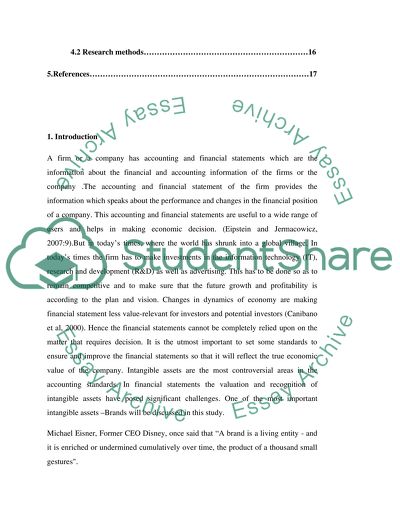Cite this document
(“Accounting for brands: A comparative study of McDonald's and Burger Dissertation”, n.d.)
Retrieved from https://studentshare.org/finance-accounting/1416641-accounting-for-brands-a-comparative-study-of
Retrieved from https://studentshare.org/finance-accounting/1416641-accounting-for-brands-a-comparative-study-of
(Accounting for Brands: A Comparative Study of McDonald'S and Burger Dissertation)
https://studentshare.org/finance-accounting/1416641-accounting-for-brands-a-comparative-study-of.
https://studentshare.org/finance-accounting/1416641-accounting-for-brands-a-comparative-study-of.
“Accounting for Brands: A Comparative Study of McDonald'S and Burger Dissertation”, n.d. https://studentshare.org/finance-accounting/1416641-accounting-for-brands-a-comparative-study-of.


